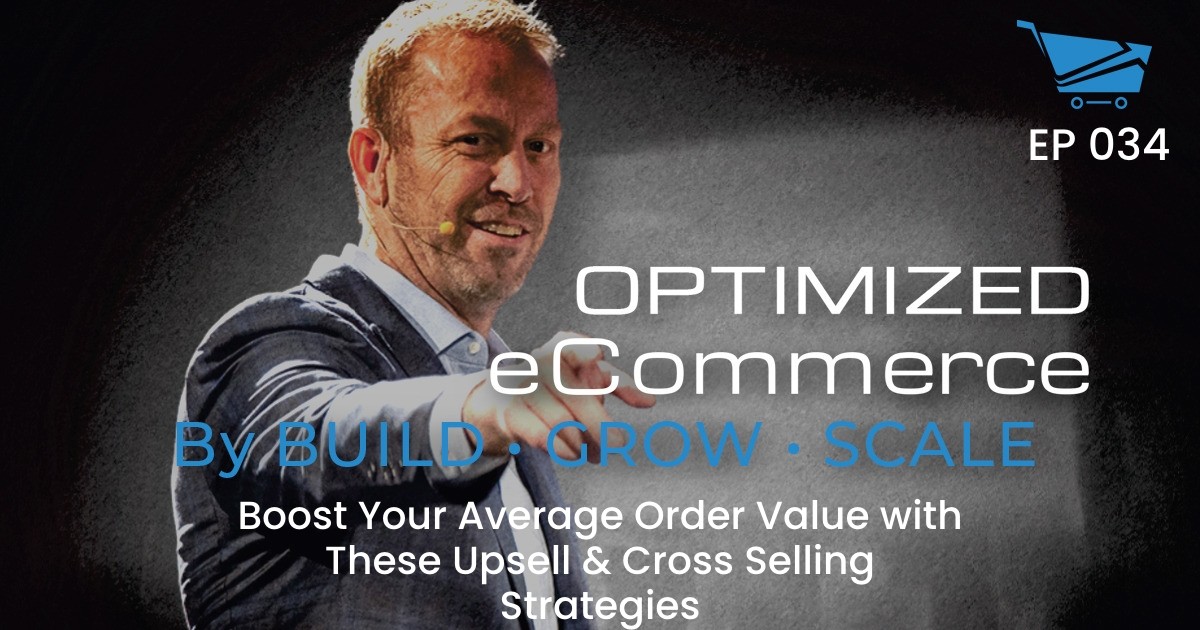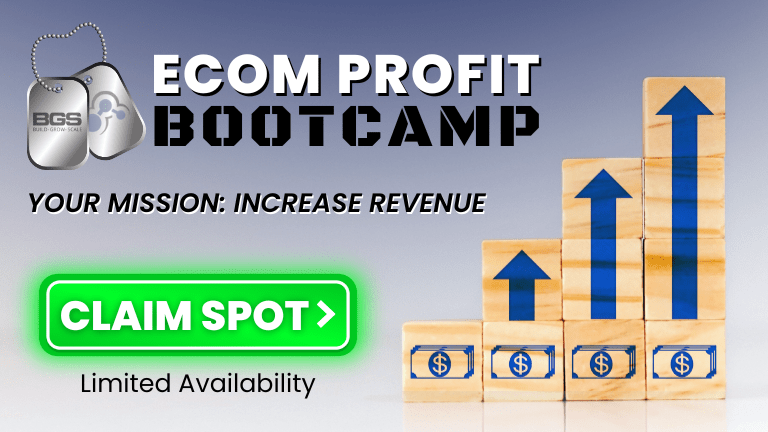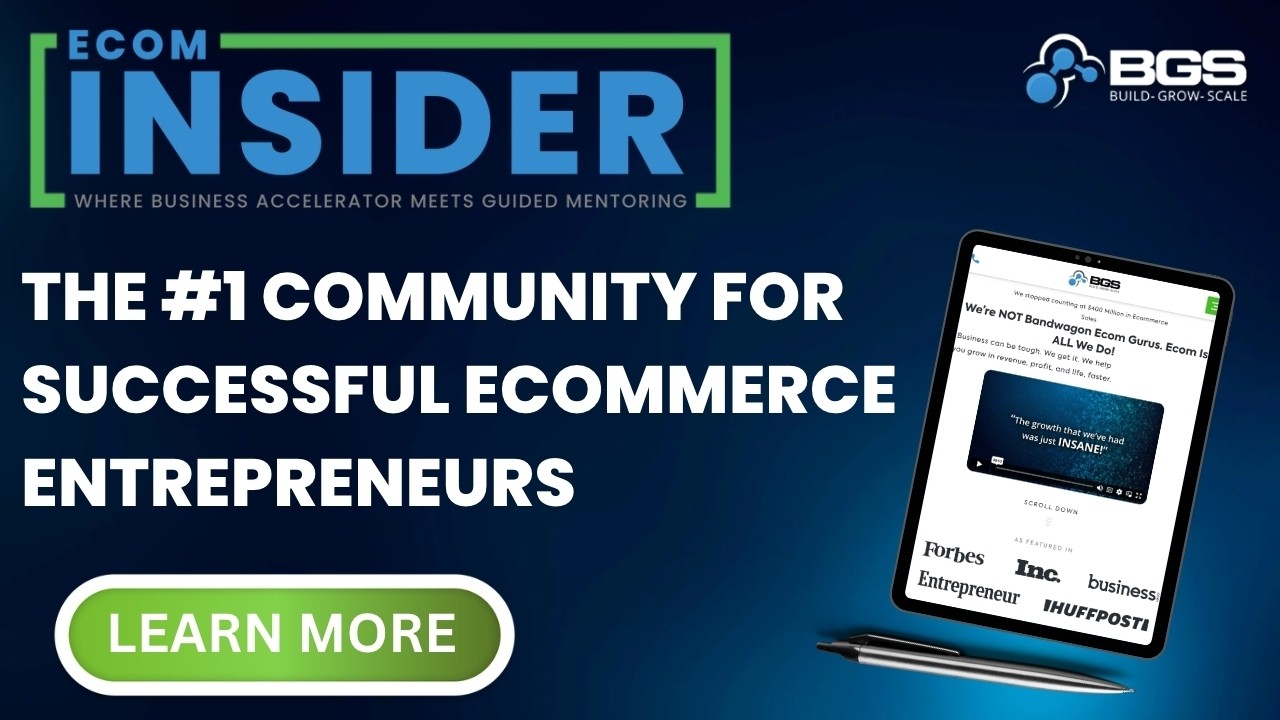Optimized Ecommerce EP 034 – Boost Your Average Order Value with These Upsell & Cross Selling Strategies

Welcome to Episode 034 of Optimized Ecommerce – Boost Your Average Order Value with These Upsell & Cross Selling Strategies. I’m your host, Tanner Larsson, CEO of BGS.
BGS means Build Grow Scale! It is a community that we founded where eCommerce entrepreneurs and physical product sellers come to learn how to take their businesses to the next level.
Today, Dominik Meiu joins us for the second time around, he is the youngest team member in BGS is and one of the most effective Revenue Optimization Experts in our pool of experts in our optimization team. Some of our biggest accounts rely on Dominik’s technical skills to boost their sales and scale.
Here’s just a taste of what we talked about today:
We talked about the importance of upselling and cross-selling.
Upselling is a method used to invite customers to purchase a more expensive item or an upgraded version of a certain product. While cross-selling is a method that adds value to the original product.
Upsell cross-selling are important tactics for businesses to take to increase their Average Order Value and the Average Lifetime Value.
Then, Dom discussed the specific kinds of products that can be used as upsells.
The biggest thing to keep in mind with upselling is it needs to add value to the original product. For example, adding washcloths that go perfectly with the glass cleaner.
Upselling goes the same way as upgrading, an example of this is a 16-ounce bottle to a 24-ounce bottle, that extra eight-ounce is going to provide value to the customer because they can get more of it.
As long as businesses provide value in their upselling method. They are going to see a good take rate and it’s not going t hurt the customer’s journey.
And then, we dove into the best ways to offer and position the upsells.
One of the most successful way to offer and position upsells are through order bumps. This helps boost conversion rates and adds so much value that makes people want to buy and spend more money.
We also discussed a few other fun topics, including:
- What is priority processing?
- Why do upselling products need to be simple and relatable?
- How can businesses know whether or not their upsells or order bumps are working?
- The importance of simplifying the product and the offer itself.
- How do businesses deal with optimizing their upsells?
But you’ll have to watch or listen to the episode to hear about those fun topics!
How To Stay Connected With Dominik Meiu
Want to stay connected with Dominik? Please check out their social profiles below.
- Website: BuildGrowScale.com/author/dominik
- Facebook Profile: Facebook.com/dominik.meiu
Resources
Also, Dominik mentioned the following items on the show. You can find that on:
- Order Bumps – is an App that often appears on the checkout page sidebar check box to add another product to the customer’s initial order that compliments the product in the checkout.




